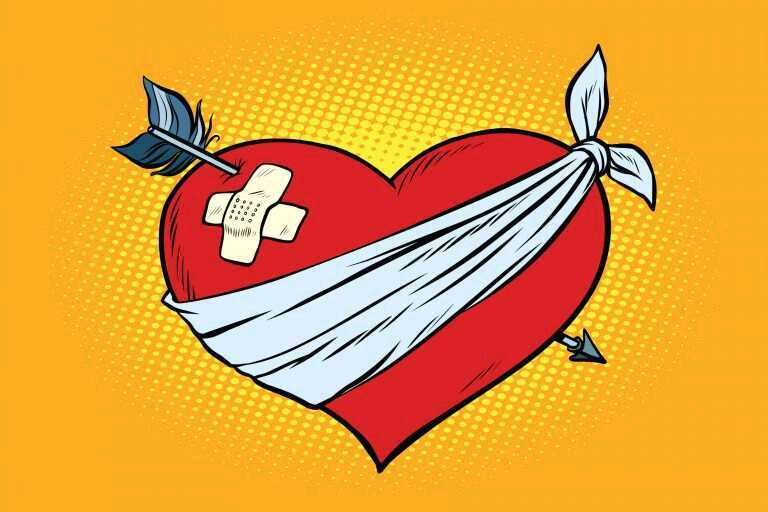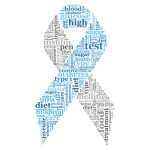
Cuts, bumps, and ulcers that take forever to heal are one of the complications that diabetics sometimes develop. The causes include damage to blood vessels and surrounding cells, poor circulation, inflammation, and even a poor immune response that increases the risk of infection. If you have a wound that is taking a long time to heal, it’s best to mention it to your doctor. There may be medications you can take and special bandages you can use to help speed recovery.
In the meantime, there are a few other things you can do at home to encourage your body’s immune system.
Wound Healing Tips
Those who have stubborn injuries and ulcers may want to take a good look at their blood sugar levels. Chronically high glucose levels can slow healing and cause further damage. Adjust your diet to cut out more carbs, if needed. While you are at it, start eating plenty of foods containing, magnesium, folate, Vitamin A, E, C, and Omega-3 fatty acids. You can find these nutrients in:
- bell peppers
- carrots
- dark leafy vegetables
- oranges
- salmon
- walnuts
It’s also a good idea to stop smoking. This habit narrows the blood vessels and inhibits your body’s ability to get nutrients to damaged cells.
 If you have a wound on a lower extremity, try elevating it to help prevent swelling. Conversely, you’ll want to keep up with the regular exercise to support your cardiovascular system and, literally, get the blood flowing.
If you have a wound on a lower extremity, try elevating it to help prevent swelling. Conversely, you’ll want to keep up with the regular exercise to support your cardiovascular system and, literally, get the blood flowing.
Sometimes, you can apply a warm heating pad to wounds to encourage blood flow. However, this is something you should talk with your doctor about as diabetics who have loss of sensation may not feel it if they burn themselves.
Pay Special Attention To Foot Wounds
Injuries to the foot tend to require extra care and take much longer to heal. There are different issues with wounds that occur below the knee. Less blood reaches this area, it may be more prone to loss of sensation, and the feet tends to swell more, which can further inhibit healing.
This is why you need to check your feet daily for signs of injury. It also helps to keep an eye on existing wounds. You’ll also want to try and stay off your feet as much as possible while recovering, especially if the wound is on the sole of the foot.
References